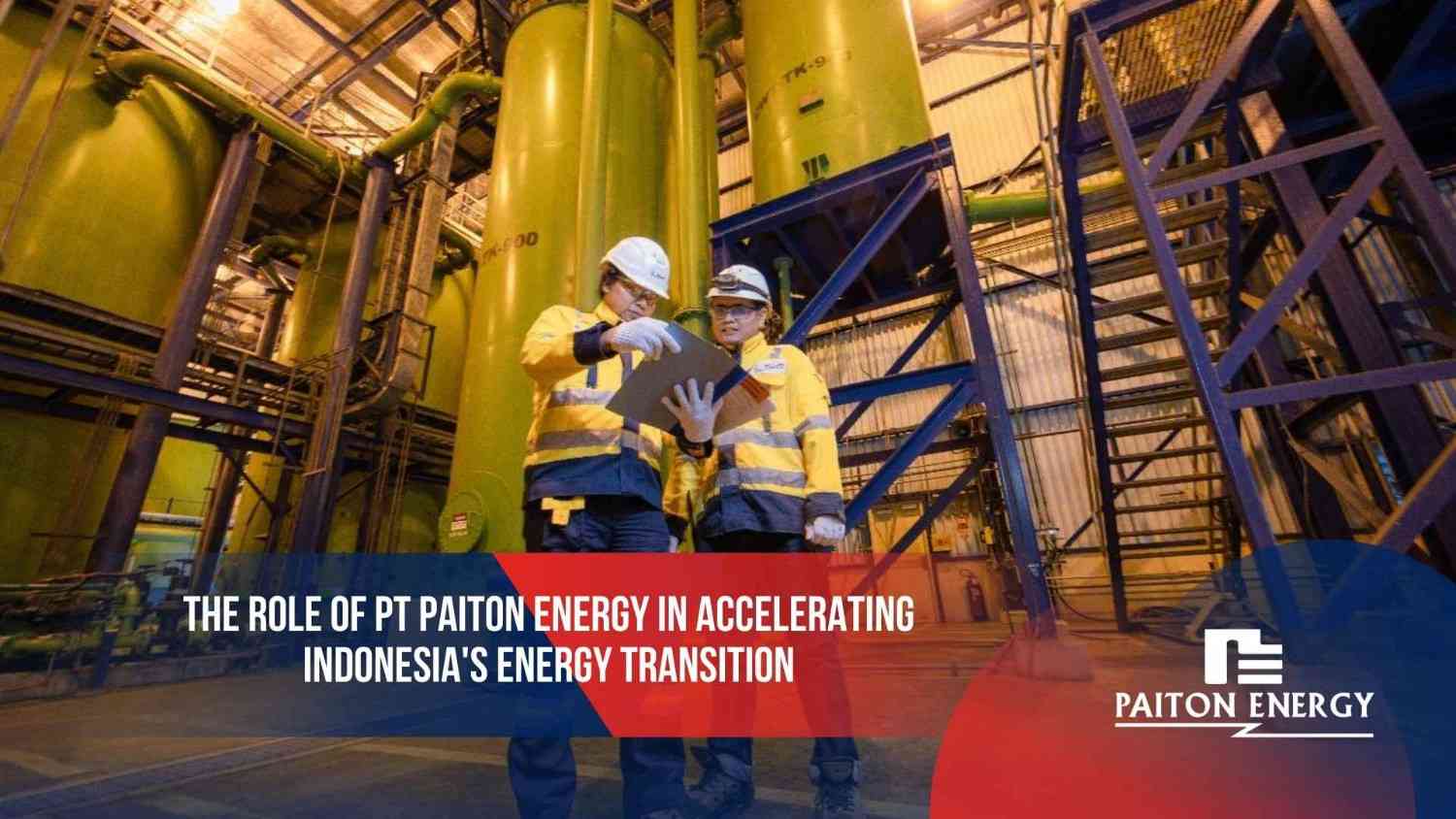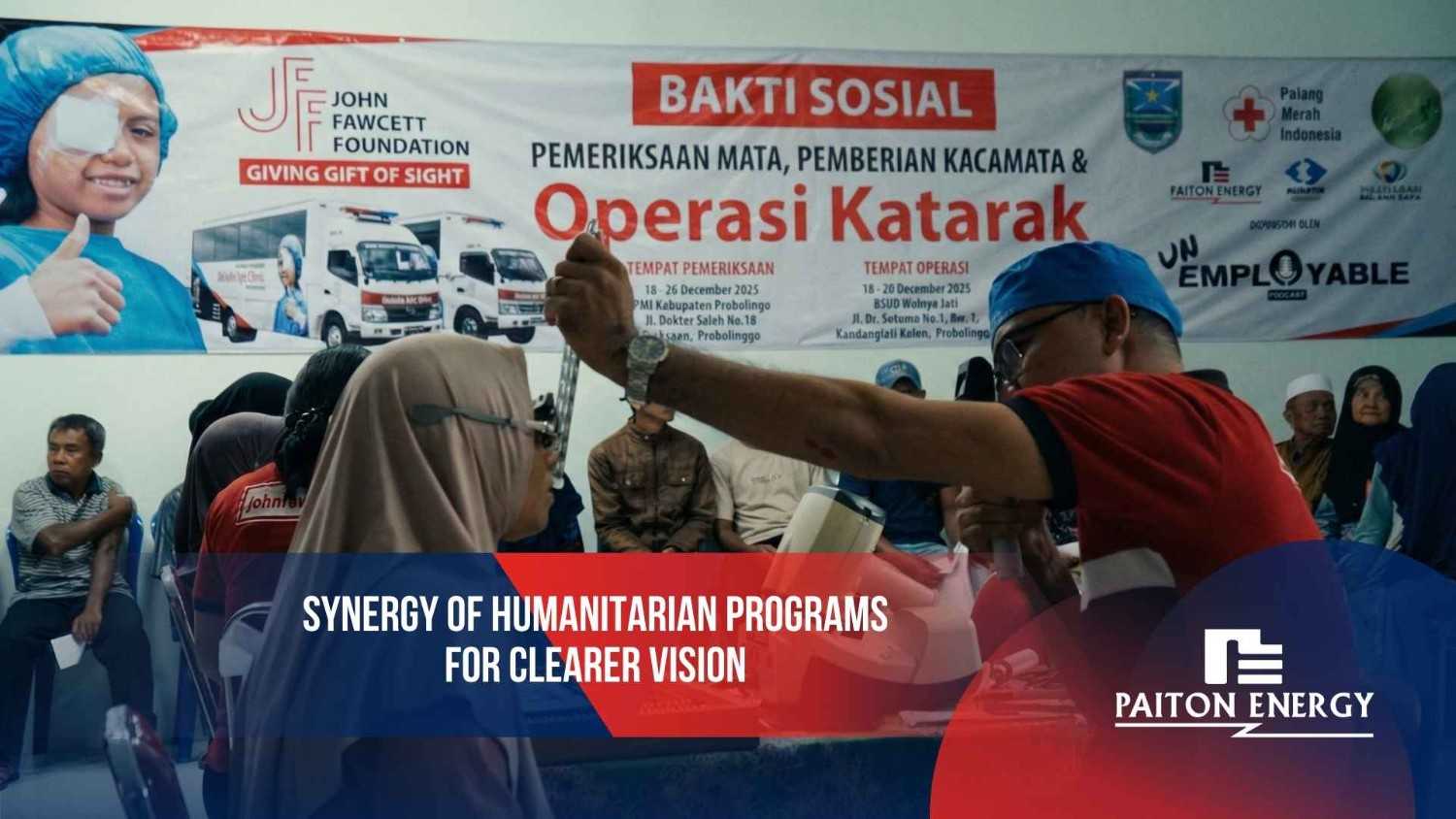As the impacts of climate change and environmental degradation become increasingly evident, the urgency to adopt green behavior continues to grow. Green behavior represents both individual and collective actions rooted in the environmental consciousness and aimed at preserving nature through practical, eco-friendly practices.
This behavior can begin with small, everyday habits—such as conserving energy, reducing single-use plastics, or maintaining a clean environment. Encouraging widespread adoption of green behavior requires an effective educational approach, active collaboration among various stakeholders, and strong examples set by public figures and institutions, including those in the corporate sector.
Understanding Green Behavior
Green behavior encompasses conscious actions that reflect care and responsibility for environmental sustainability. These actions are taken with the awareness that they contribute to maintaining the ecological balance and ensuring a livable planet for future generations.
Concrete examples include turning off unused lights and water, minimizing single-use plastics, planting trees, recycling household waste, and choosing healthy, sustainable food options. Such behavior extends beyond personal choices—it is also shaped by community norms, cultural values, and environmental policies.
Strategies to Foster Environmental Awareness Through Education
Instilling environmentally responsible behavior across society requires a structured approach. Education plays a vital role in this process. Below are some effective strategies for environmental education:
- Practical, Hands-On Learning
Environmental education becomes more impactful when it’s grounded in real-life applications. Activities like tree planting, community clean-ups, and collective waste sorting not only inform but also engage participants. Simple role-modeling—such as using reusable water bottles or cloth shopping bags—can reinforce these lessons in meaningful ways.
- Multi-Stakeholder Involvement
Lasting behavior change is more likely when it involves a wide range of actors, including local governments, environmental organizations, community leaders, and educational institutions. Collaboration across these sectors strengthens the sustainability of educational initiatives and broadens their reach.
- Interactive and Creative Programs
Educational activities need not to be formal or rigid. Creative engagements—such as recycling competitions, composting workshops, or the development of educational gardens—can make learning enjoyable and accessible. For example, children can participate in upcycling crafts as part of project-based learning programs at school.
- Consistent and Ongoing Education
One-off initiatives are rarely sufficient. Repetition and consistency are key to embedding green values into daily life. The more frequently people are exposed to environmental education, the greater the likelihood of long-term behavioral change.
Green Behavior in Practice: PT Paiton Energy
As a power generation company committed to sustainability, PT Paiton Energy consistently integrates green behavior principles into its operations. Their initiatives demonstrate a cohesive approach that unites business performance with environmental stewardship and community empowerment.
Key initiatives include:
- Integrated Environmental Management Systems
PT Paiton Energy operates with a focus on safety, cleanliness, and efficiency through a comprehensive environmental management system that emphasizes energy efficiency and the reduction of greenhouse gas emissions.
- 3R-Based Waste and Water Management
The company applies the Reduce, Reuse, Recycle (3R) principles in waste management, while also promoting efficient water use and protecting biodiversity around its operational areas.
- Forest and Land Rehabilitation Programs
In collaboration with local governments and communities, PT Paiton Energy supports the development of energy forests and agroforestry projects in social forestry areas in Gading District, Probolinggo Regency. From 2025 to 2030, the program aims to plant gamal trees and other productive crops across more than 200 hectares.
- Biodiversity Garden Development
PT Paiton Energy has established a Biodiversity Garden within its residential area to conserve rare plant species from across Indonesia. This conservation initiative is supported by a partnership with BRIN (the National Research and Innovation Agency), and the company has dedicated special land for this purpose.
- Pentahelix Collaboration Model
The company embraces the pentahelix approach, involving government, community, academia, business, and media to ensure the success and sustainability of its environmental and social programs.
These ongoing efforts earned PT Paiton Energy the 2024 Green PROPER Award from Indonesia’s Ministry of Environment.
Green behavior is a foundational element in building environmentally conscious societies. It flourishes through practical, inclusive education and is amplified when individuals and institutions lead by example. PT Paiton Energy’s initiatives show that green behavior is not just a slogan—it is a tangible, scalable commitment made possible through collaboration and sustained action.
By instilling eco-friendly habits early and reinforcing them consistently, we can create a cleaner, healthier, and more sustainable environment for generations to come.




